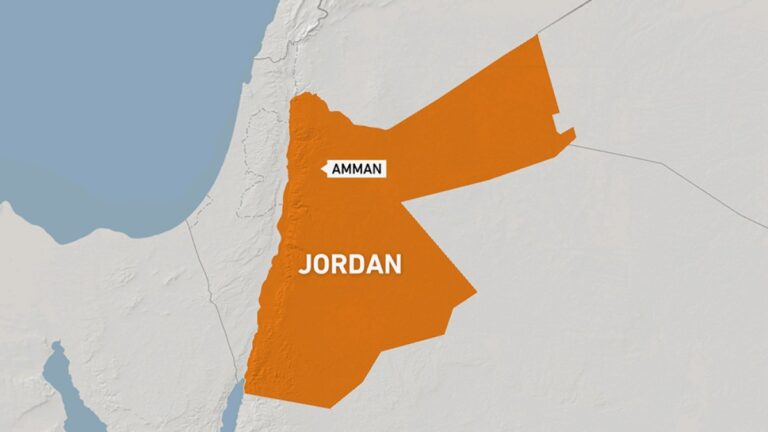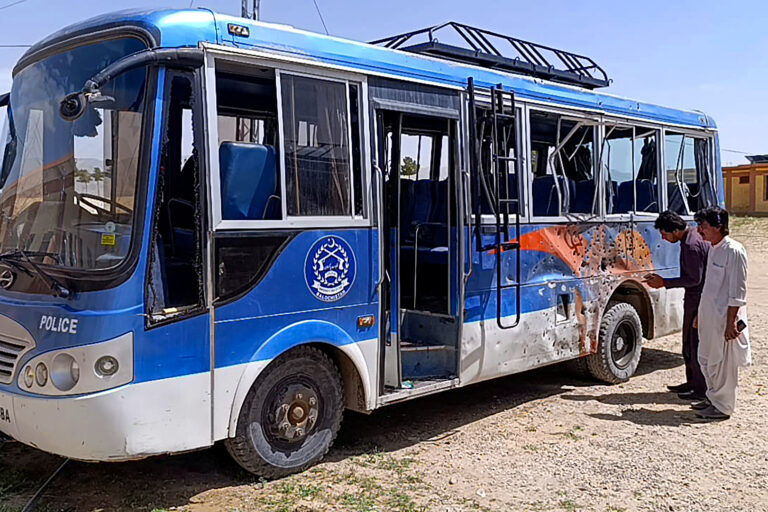Introduction to the Current Political Landscape
The political landscape in the Middle East is characterized by a complex interplay of historical, cultural, and socio-economic factors that shape the region’s governance and international relations. In recent years, the Middle East has witnessed significant changes, including the aftermath of the Arab Spring, the rise of new political movements, and the impact of foreign interventions. Analyzing the current situation requires an understanding of the key players, ongoing conflicts, and the broader geopolitical implications.
Key Players and Their Influence
The Middle East is home to several influential states, each with its own interests and agendas. Countries like Saudi Arabia, Iran, Turkey, and Egypt wield considerable power in shaping regional dynamics. Saudi Arabia, a leading Sunni power, has sought to counter Iranian influence, particularly in Iraq, Syria, and Yemen. Iran, on the other hand, has positioned itself as a regional hegemon, supporting proxy militias and political factions in various countries.
Turkey’s role has also evolved, as it seeks to expand its influence through both military and diplomatic means. President Recep Tayyip Erdoğan’s government has engaged in various conflicts, from Syria to Libya, while also navigating relationships with the West. Meanwhile, Egypt remains a crucial player, balancing relationships with Gulf states and addressing domestic challenges.
Ongoing Conflicts and Their Implications
Several ongoing conflicts continue to shape the political landscape of the Middle East. The Syrian civil war remains a focal point of regional tensions, with various actors involved, including the United States, Russia, and regional powers. The conflict has created a humanitarian crisis and has led to a significant refugee influx, affecting neighboring countries and Europe.
In Yemen, a protracted civil war has drawn in regional powers, particularly Saudi Arabia and Iran, leading to a devastating humanitarian situation. The conflict underscores the complexities of sectarian divides and the impact of foreign interventions on local dynamics.
Additionally, the Israeli-Palestinian conflict remains unresolved, with periodic escalations in violence. The normalization of relations between Israel and several Arab states has altered traditional alliances and raised questions about the future of Palestinian statehood.
Geopolitical Dynamics and Foreign Relations
The geopolitical dynamics in the Middle East are influenced by the interests of global powers. The United States has historically played a prominent role in the region, with its policies often swaying the course of events. However, recent withdrawal trends and a shift towards a more isolationist approach have left a vacuum that other powers, particularly China and Russia, are keen to fill.
China’s growing economic ties with Middle Eastern countries, especially through initiatives like the Belt and Road Initiative, signal a potential shift in influence. Meanwhile, Russia has solidified its presence in Syria and has sought to build alliances with various regimes, positioning itself as a key player in regional negotiations.
As these global dynamics play out, the Middle East finds itself at a crossroads, where the outcomes of local conflicts and foreign interventions can have far-reaching consequences.
Social Movements and Domestic Challenges
In addition to geopolitical factors, domestic challenges play a critical role in the political landscape of the Middle East. Economic instability, high unemployment rates, and widespread corruption have fueled social movements across the region. The Arab Spring, which began in 2010, highlighted the demand for democratic reforms and social justice, although the outcomes have been mixed.
Countries like Lebanon and Iraq have experienced significant protest movements, driven by a youthful population dissatisfied with the status quo. These movements reflect a desire for political change, accountability, and better governance. However, they also face repression and pushback from established regimes that are reluctant to cede power.
Conclusion: The Road Ahead
The political landscape in the Middle East is marked by uncertainty and volatility. As regional powers navigate their interests and external influences continue to shape events, the potential for both conflict and cooperation remains. The ongoing struggles for power, identity, and governance will define the future of the region.
In this context, understanding the nuances of local dynamics, the role of social movements, and the impact of foreign relations is essential for anyone looking to grasp the complexities of Middle Eastern politics. As the region continues to evolve, the need for informed engagement and dialogue will be more critical than ever.



